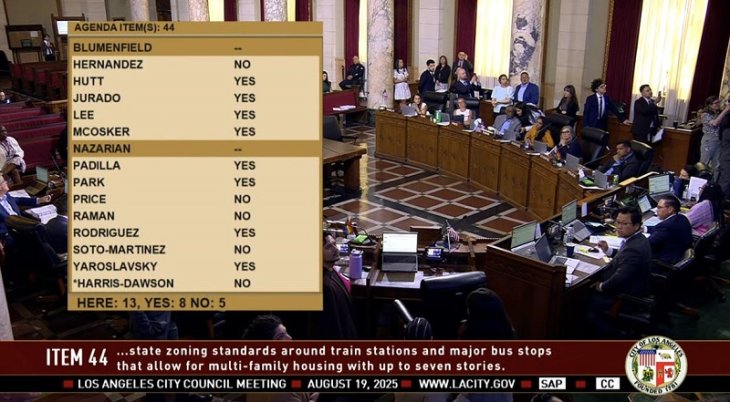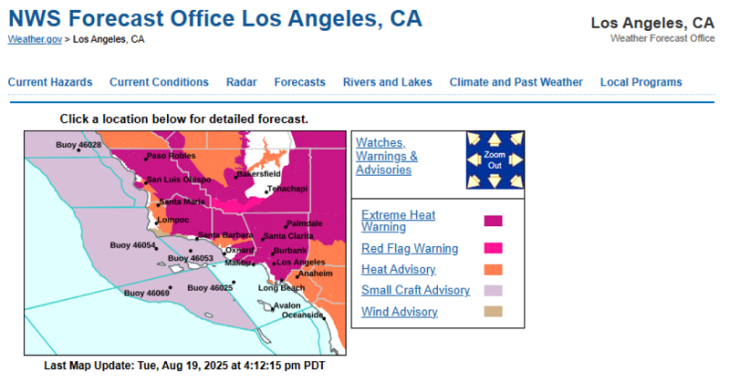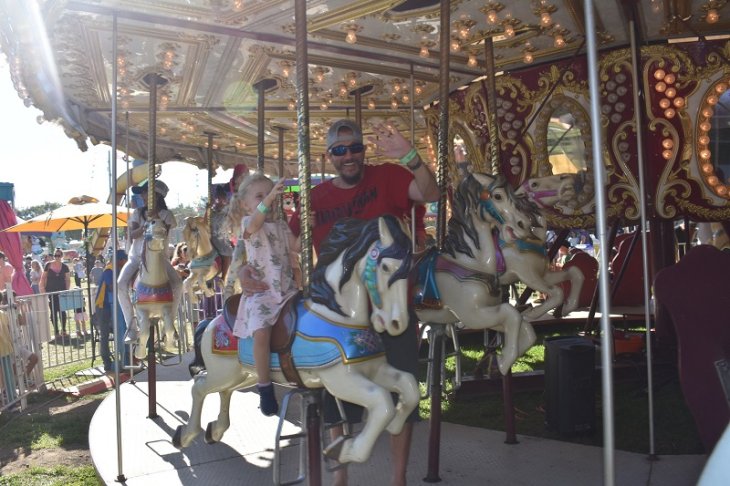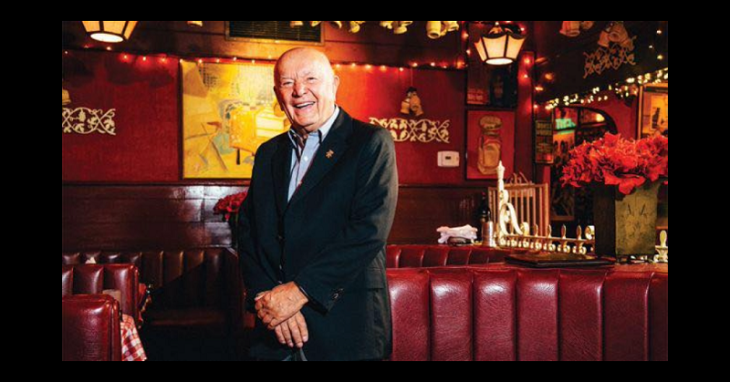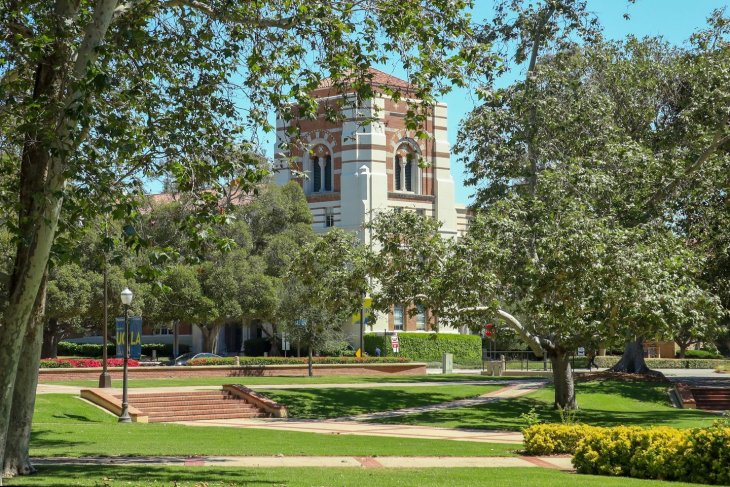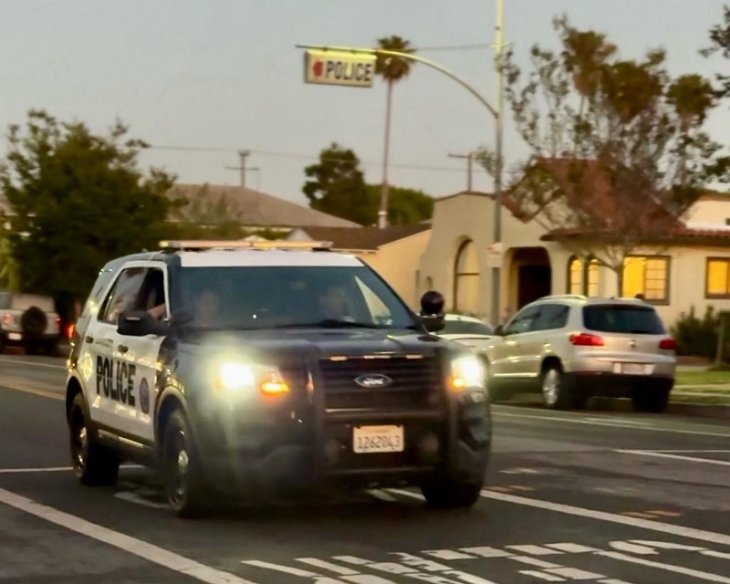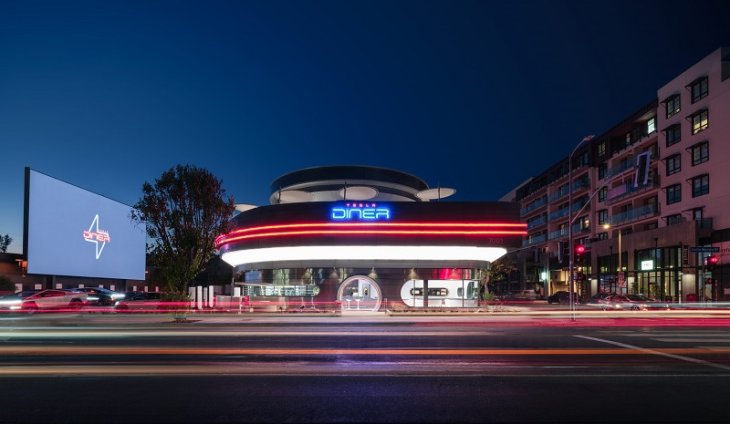
On its fourth attempt, Hawthorne-based SpaceX successfully launched a Falcon 9 rocket into orbit yesterday and deployed a communications satellite, but as expected, the company was unable to land and recover the rocket on a floating barge.
The rocket launched shortly after 3:30 p.m. from Cape Canaveral, Florida, after previous attempts were scrubbed due to issues ranging from trouble with the liquid oxygen aboard the rocket to high winds to a boat floating in restricted waters off the Florida coast.
About 30 minutes into its flight, the rocket successfully deployed a communications satellite known as SES-9 into orbit. According to SpaceX, the SES-9 satellite will provide broadcast and communications capabilities across Northeast Asia, South Asia, Indonesia, India and the Philippines.
SpaceX made another attempt to recover the Falcon 9 rocket by landing it upright on a barge, or “drone ship,” known comically as “Of Course I Still Love You.” SpaceX officials said prior to the mission that they didn’t expect a successful landing, given the rocket’s trajectory.
Company founder Elon Musk confirmed via Twitter that the attempt to recover the rocket had failed.
“Didn’t expect this one to work … but next flight has a good chance,” Musk wrote.
SpaceX made history in December when it managed to return a rocket to Earth and set it down upright on land. That Dec. 21 launch, also from Cape Canaveral, delivered 11 ORBCOMM communications satellites into orbit. After delivering the vehicle carrying the satellites into orbit, the rocket was maneuvered back to Earth, and it successfully landed on a pad back at Cape Canaveral.
The history-making landing was a major cost-saving step forward for space operations, proving that highly expensive rockets can be recovered and reused instead of merely being lost in the ocean.


